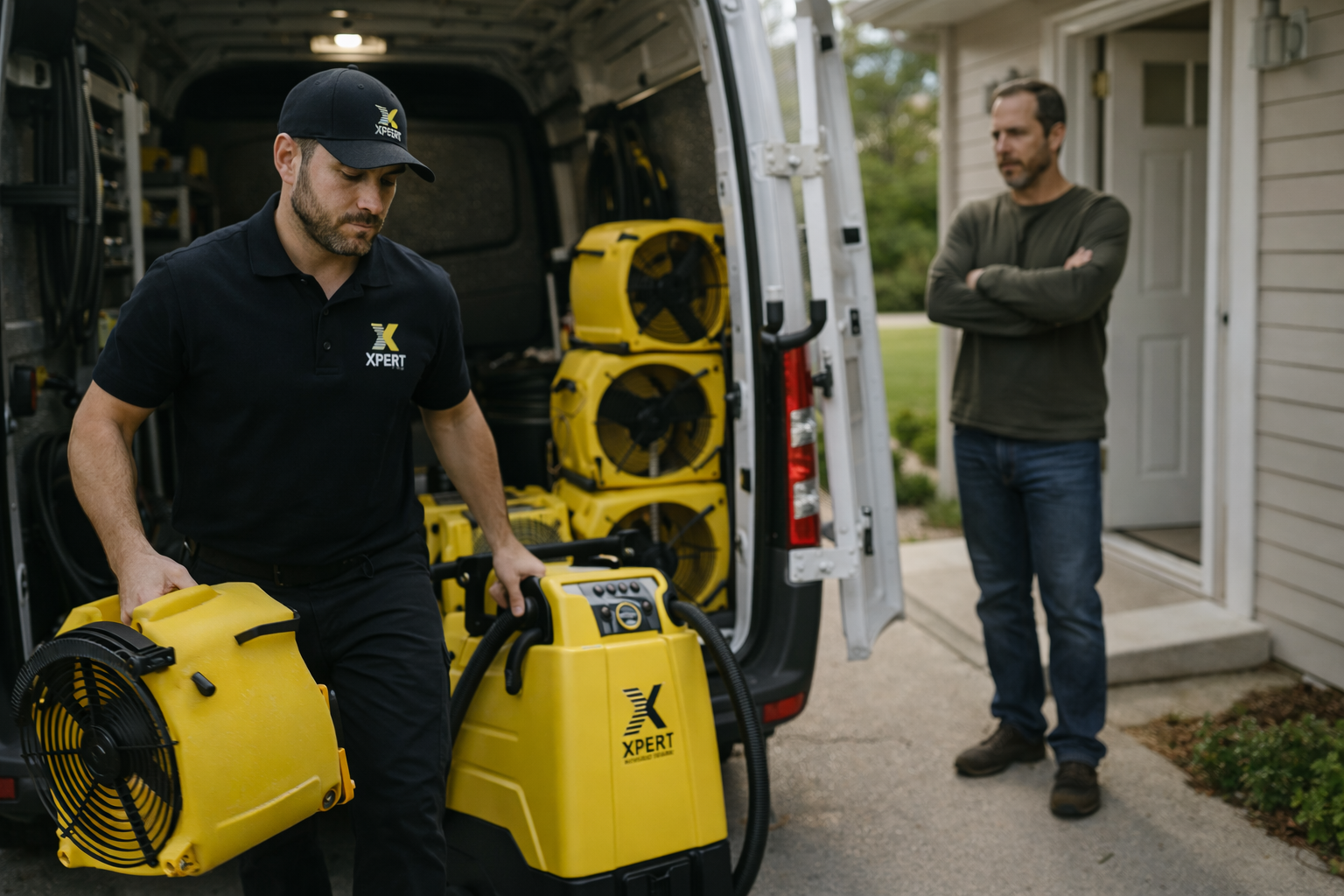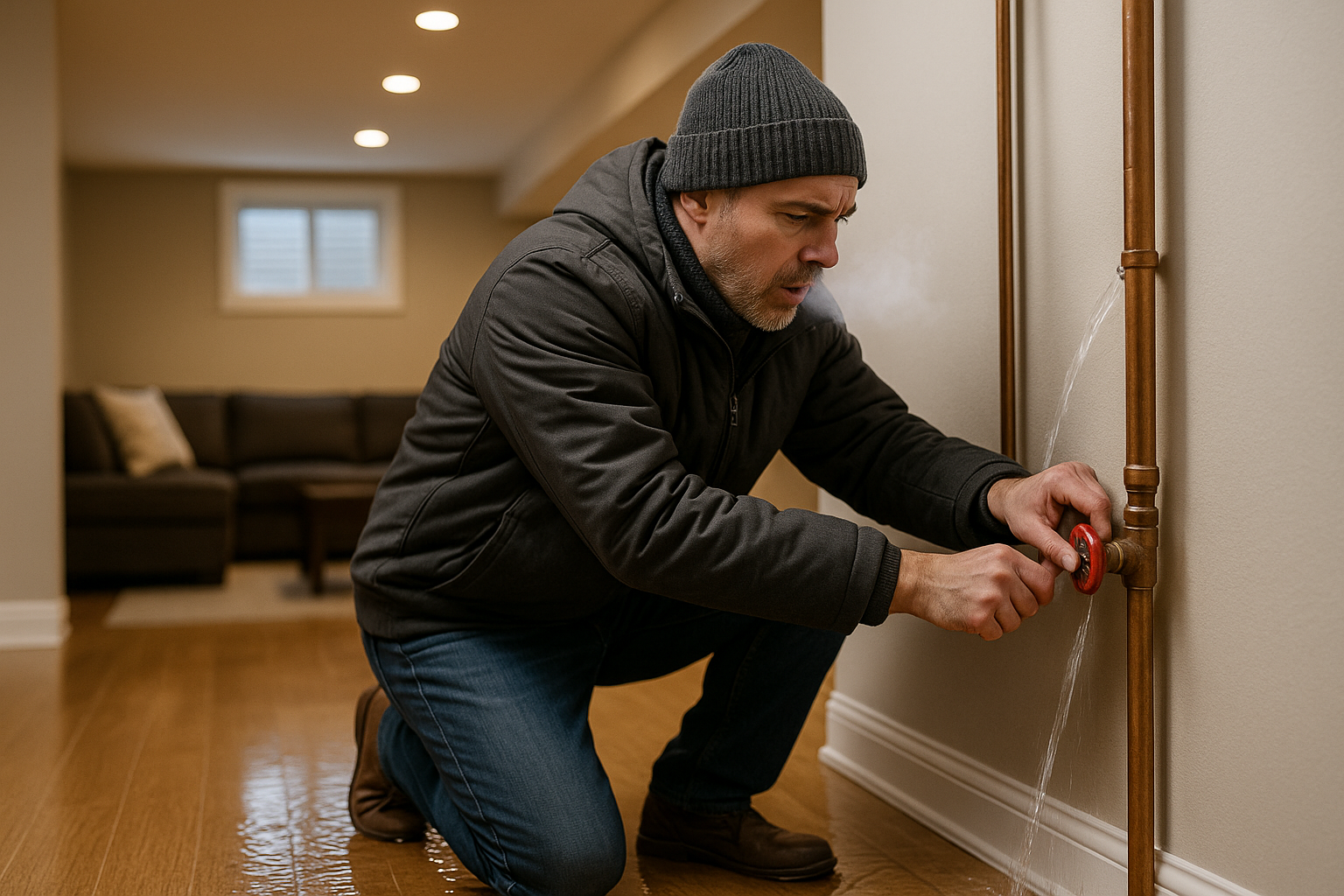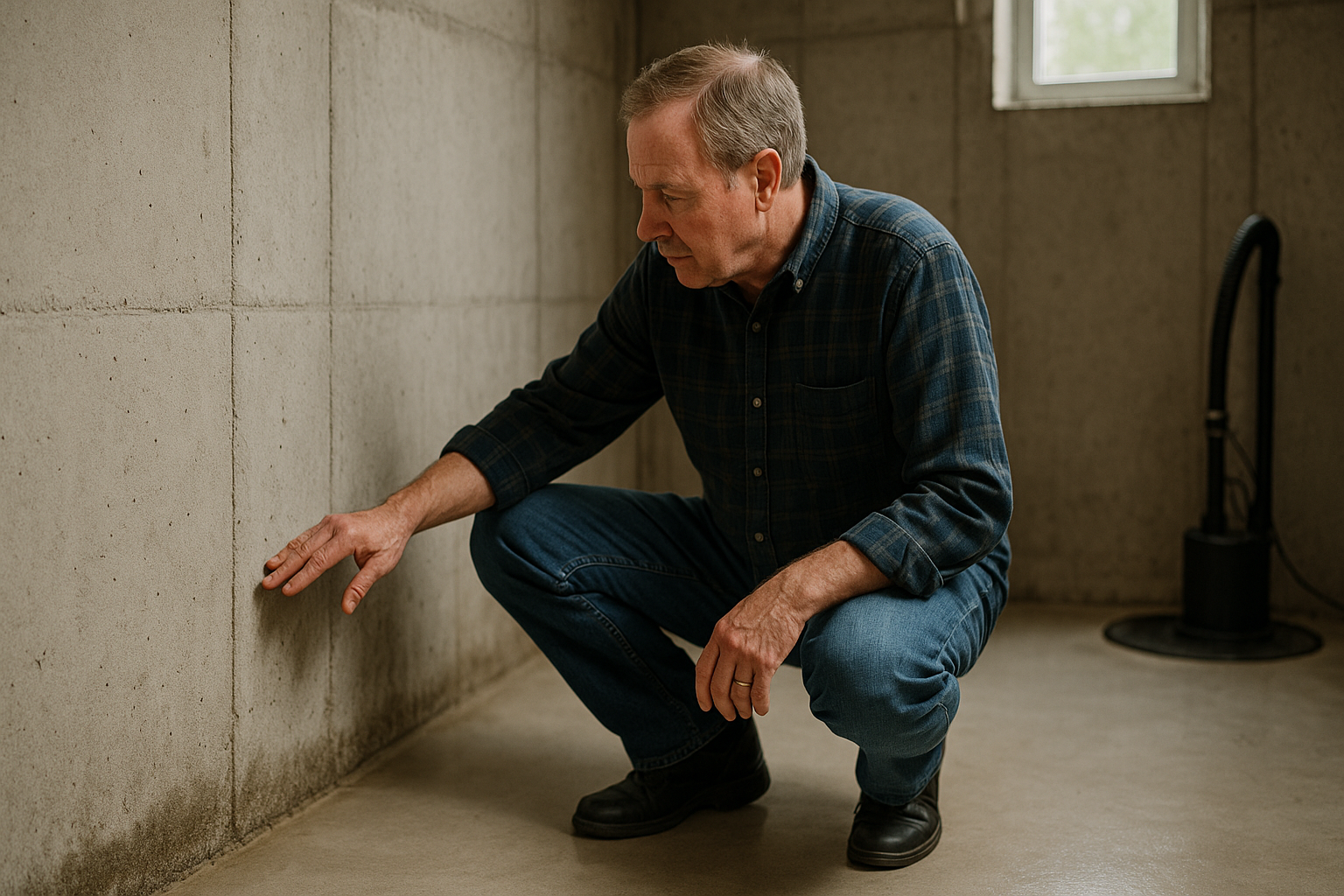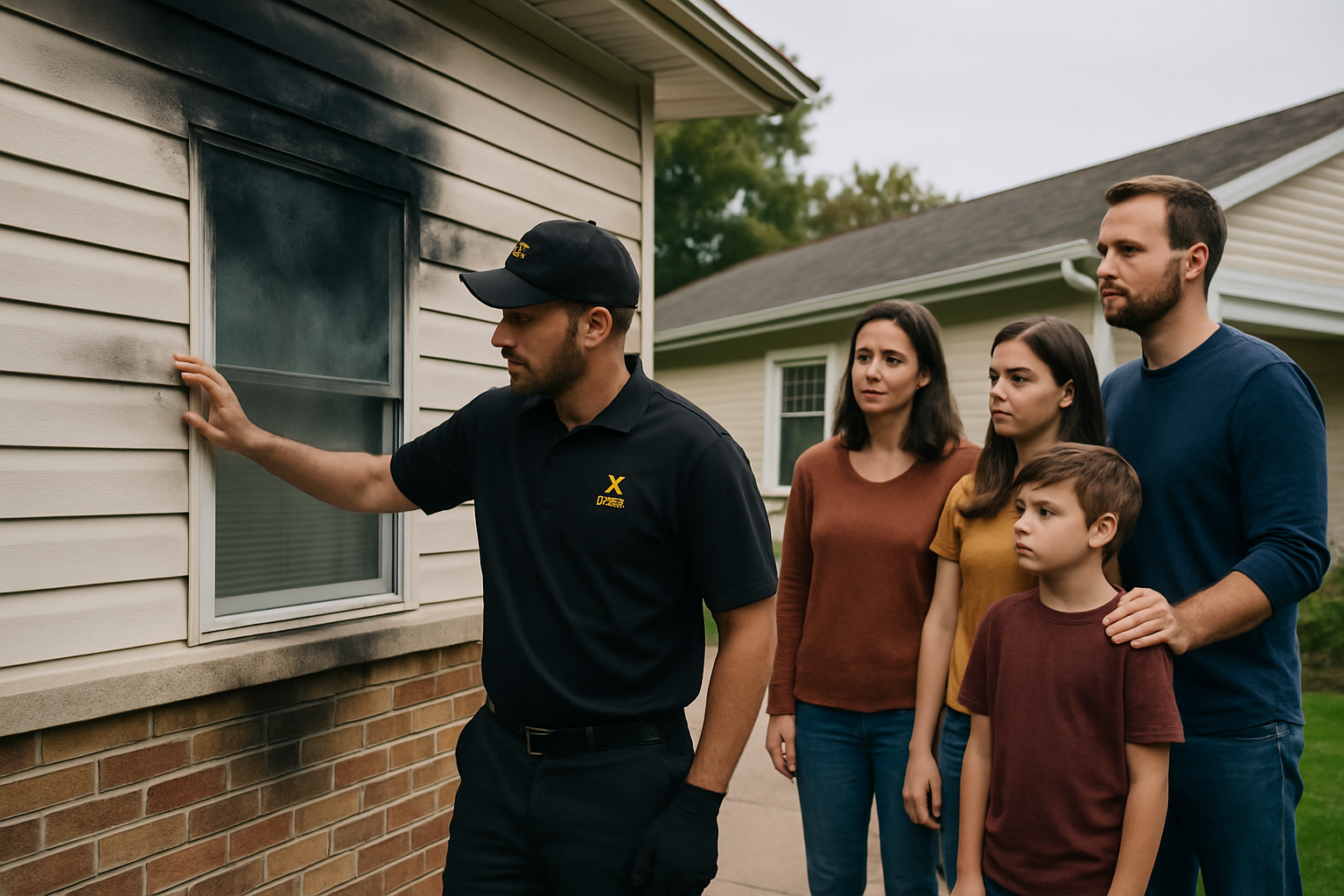How to Spot Mold in Your Home (and When to Call a Professional)
Early detection can save you thousands in repairs and protect your family’s health.
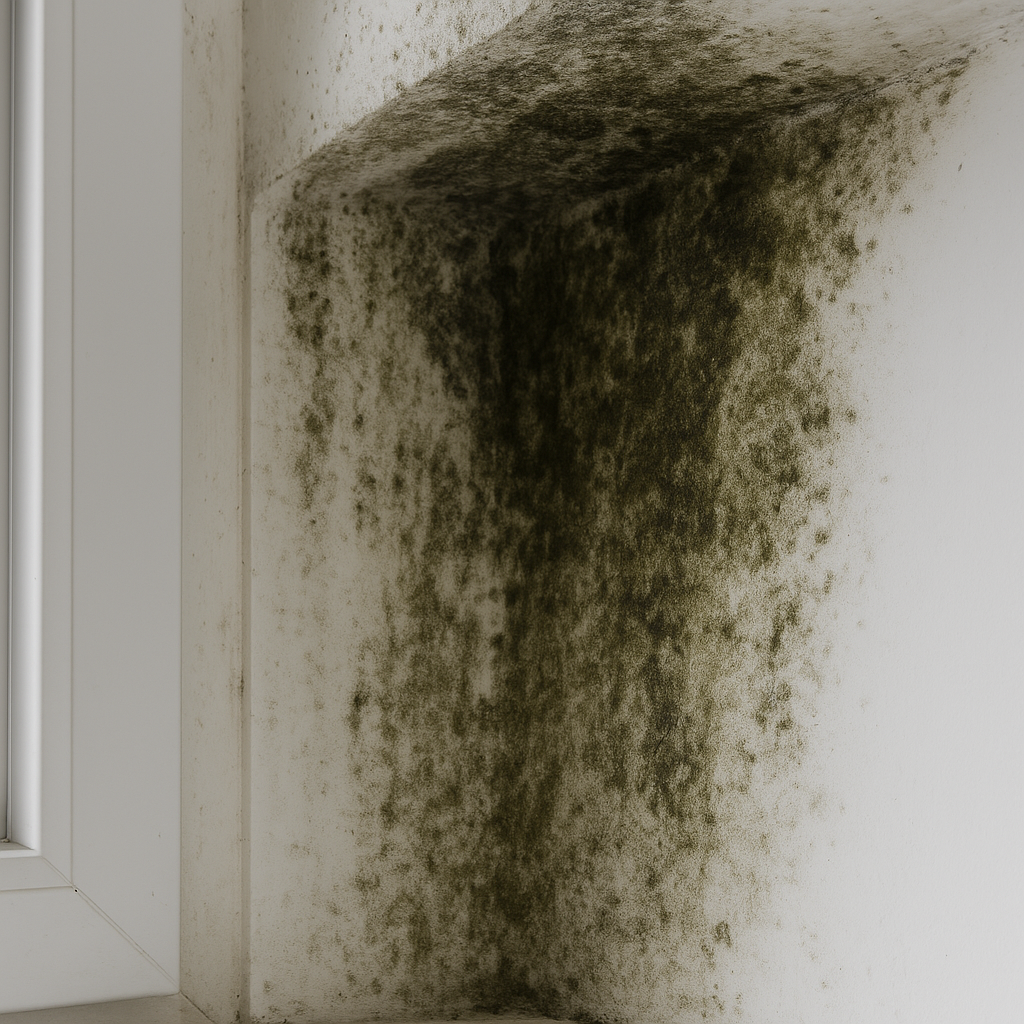
Mold is one of those problems homeowners never want to think about until they have to. It’s sneaky, it spreads quickly, and once it takes hold, it can damage not only your home but also your health. Here in Carol Stream and across DuPage County, we see mold issues all the time, often tied to water damage from storms, leaks, or even something as small as a dripping pipe behind a wall.
Catching mold early can save you thousands of dollars in repairs and protect your family from serious health concerns. The challenge is that mold doesn’t always show up where you expect it. That’s why knowing the signs—and when to bring in a professional—is so important.
In this post, I’ll walk you through how to spot mold, the common places it hides, what you can handle on your own, and when it’s time to call in experts like our team at Xpert Restoration Solutions.
Why Mold Is More Than Just an Eyesore
A lot of homeowners think of mold as a minor inconvenience. Maybe it shows up as black spots in the shower or a little fuzzy patch on drywall after a basement flood. But mold isn’t just ugly—it can cause real problems.
Health Risks
- Allergies: Mold spores trigger sneezing, runny nose, and itchy eyes.
- Asthma: For people with asthma, mold exposure can worsen attacks.
- Respiratory issues: Prolonged exposure can cause coughing, wheezing, and even chronic bronchitis.
- Weakened immune systems: Infants, seniors, and anyone with health vulnerabilities are at greater risk.
Home Damage
- Structural weakening: Mold feeds on organic materials like wood and drywall. Left unchecked, it compromises the integrity of your home.
- Permanent staining: Carpets, furniture, and porous materials often need replacement once mold sets in.
- Odor issues: Mold creates a musty smell that lingers even after surface cleaning if the root problem isn’t addressed.
Ignoring mold is like ignoring termites—you may not see the damage right away, but it can get expensive fast.
The Early Signs of Mold Growth
Spotting mold before it spreads is key. Here are some telltale signs:
- Musty Odor
One of the first indicators is smell. Mold gives off a damp, earthy odor. If a room smells musty but looks clean, hidden mold may be growing behind walls or under floors. - Visible Spots or Discoloration
Mold isn’t always black. It can be green, white, gray, or even orange. Watch for unusual spots on walls, ceilings, baseboards, and carpeting. - Water Stains
Stains from leaks or past water damage often lead to mold if not properly dried. If you see discoloration spreading or darkening over time, there’s a good chance mold is present. - Increased Allergy Symptoms
Do you or your family members feel worse at home than anywhere else? Frequent sneezing, headaches, or irritated eyes indoors can point to mold exposure. - Condensation and Humidity Issues
High humidity or persistent condensation on windows is a breeding ground for mold. Moisture is mold’s best friend.
Hidden Places Mold Loves to Grow
Even if your home looks spotless, mold could be lurking out of sight. Some of the most common hidden areas include:
- Basements & Crawlspaces: Dark, damp, and often poorly ventilated. Perfect mold territory.
- Behind Drywall: Leaky pipes or roof leaks can create hidden colonies.
- Attics: Poor ventilation or roof leaks allow mold to thrive in insulation and wood framing.
- Bathrooms: Even with regular cleaning, excess moisture makes bathrooms a hot spot.
- HVAC Systems: Mold spores can grow inside ducts and spread throughout your home every time the system runs.
DIY Mold Cleaning vs. Professional Remediation
Here’s where most homeowners get stuck: Should you try to clean mold yourself, or is it time to call a pro?
When DIY Is Okay
- Small patches of mold (less than 10 square feet).
- Mold on hard, non-porous surfaces like tile or glass.
- Situations where the source of moisture has already been fixed.
In these cases, cleaning with a mix of detergent and water (or diluted vinegar) can take care of the problem. Always wear gloves and a mask when handling mold.
When to Call the Professionals
- Large areas of mold (more than 10 square feet).
- Mold inside walls, ceilings, or HVAC systems.
- Recurring mold that comes back after cleaning.
- Post-flooding situations where water sat for more than 24–48 hours.
- Health symptoms like persistent coughing, headaches, or allergic reactions.
Professionals like our team at Xpert Restoration Solutions don’t just clean visible mold. We use containment methods, HEPA air filtration, and industry-grade disinfectants to eliminate mold at the source and prevent it from spreading.
What to Do If You Suspect Mold
- Don’t ignore the signs. Mold won’t go away on its own.
- Address the moisture source. Whether it’s a leak, high humidity, or poor ventilation, the water problem must be fixed first.
- Document everything. Take photos and notes—especially if you’ll be working with insurance.
- Call a restoration company. The sooner you get professionals involved, the less damage (and cost) you’ll face.
Why Local Expertise Matters
Mold problems in the Midwest aren’t the same as those in the South or coastal regions. In Carol Stream and surrounding DuPage County, we see mold most often after:
- Spring and summer storms that flood basements.
- Winter pipe bursts that go unnoticed until thawing.
- Poorly ventilated attics in older homes.
Because we’re based right here in Carol Stream, our team knows exactly how to handle these local challenges. We’ve helped homeowners recover from everything from small attic leaks to full basement floods, and in almost every case, mold played a role.
The Cost of Delaying Mold Remediation
One of the most common mistakes homeowners make is waiting too long. Mold doesn’t just sit quietly—it spreads. What starts as a $500 cleanup can easily turn into a $5,000–$10,000 remediation project if left unchecked.
Think of it this way: If you had a roof leak, you wouldn’t wait months to patch it. Mold deserves the same urgency.
When to Call Xpert Restoration Solutions
You don’t have to wait until the situation is out of control. Here’s when you should pick up the phone:
- After any water damage, even if you think you dried it yourself.
- If you notice musty smells that don’t go away.
- If your family experiences unexplained allergy or respiratory issues.
- If visible mold covers more than a few square feet.
- If you’re selling your home and want peace of mind during inspection.
Our certified mold remediation team responds quickly, contains the affected area, eliminates mold safely, and restores your home to a healthy condition.
Final Thoughts
Mold is one of those problems that only gets worse with time. The good news is, with early detection and professional help, it’s completely manageable.
If you live in Carol Stream or anywhere in DuPage County and suspect mold in your home, don’t wait. Call Xpert Restoration Solutions at (331) 245-5108 for a professional inspection and remediation plan.
Your home is your biggest investment, and your health is priceless. Let us help you protect both.

